Rivieria’s voyage around Corsica on the Star Clipper
Sailing south-east from the glamour of the Côte d’Azur – the glittering trio of Nice, Cannes and St Tropez – the Star Clipper leaves one of France’s richest departments for a rugged, rural island. The four-masted Star Clipper, a nautical tribute to the golden age of sail, slices through the Mediterranean as we approach Corsica. Rising out of the sea, the island is a green-fringed mountain range that runs from north-west to south-east.
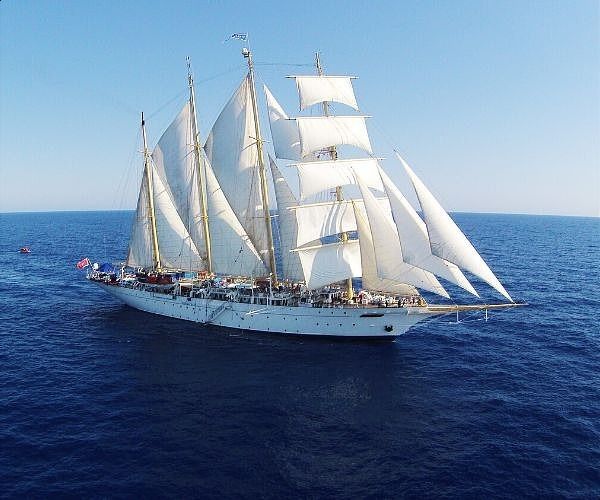
Four ports of call on Corsica and a beach morning are at the heart of our seven nights aboard the ship. A further hotel night in Nice and one in Rome make up Riviera.’s nine-night trip.
The Ile de Rousse
There is certainly a red tinge to the rocks as we moor but the Ile is no longer an island. Napoleon decreed, more than two centuries ago, that a causeway should be built.
Nor is Napoleon a hero in Ile de Rousse. Pasquale Paoli is the statue on the plinth in Ile de Rousse’s main square. When Napoleon brought French forces back to the island of his birth, Paoli led the Corsican resistance. His victories gave Corsica a brief two-year taste of independence.
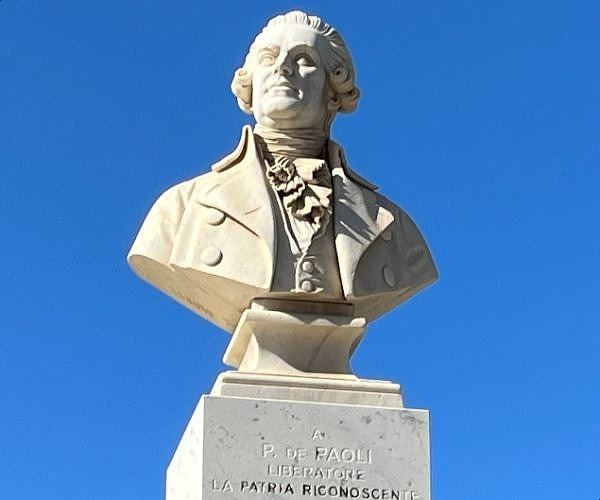
Paoli wrote Europe’s first democratic constitution to be voted into place. It gave women the vote long before they were so empowered in France. Paoli’s fame spread and a handful of towns were named after him in the newly independent USA.
Into the peaks
Leaving the azure waters of Ile de Rousse’s harbour, our coach tour climbs and winds into Corsica’s rocky interior. Although Corsica is only 112 miles long and 52 miles wide, it has vertebrae of 117 peaks over 7,000 feet tall. Mount Cinto, an extinct volcano of nearly 9,000 feet, looks down on a land of canyons and ridges.
With views over Caribbean-coloured seas and tempting coves, we see why this land is a walkers’ paradise. But it can also be a hiker’s hell. Only one third of hikers tackling the GR 20 route complete the notoriously challenging 112 miles trek.
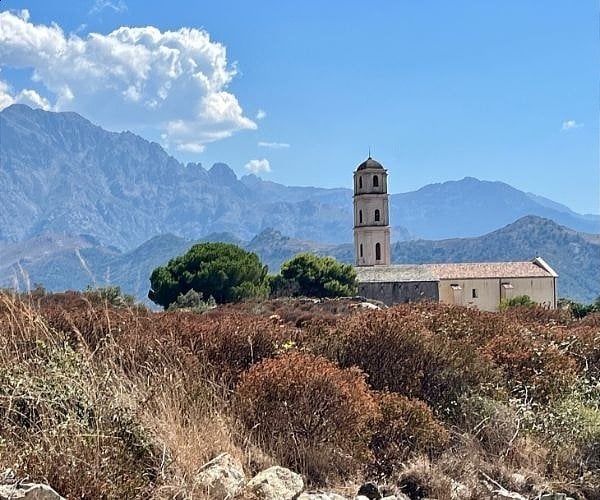
Perched on a rocky hillside, classified as one of les plus beaux villages de France, Sant’ Antonino’s medieval architecture gives superb views.
Like many of Corsica’s historic settlements, the people took to the hills. Living on the coast was too perilous. Frequent raids by Barbary pirates, Moors and Saracens not only robbed the villages of their wealth but the raiders also took their people as slaves. At one point it was estimated that over 6,000 Corsicans were held as slaves in North Africa.
Ajaccio
Napoleon was born in Ajaccio, in a city pronounced like a long sneeze. But it is a quirk of fate that if Napoleon had been born a year earlier, in 1768, he would have been Genoese. How different might Europe’s history have been if Napoleon had not been sent to a French military school at the age of nine?
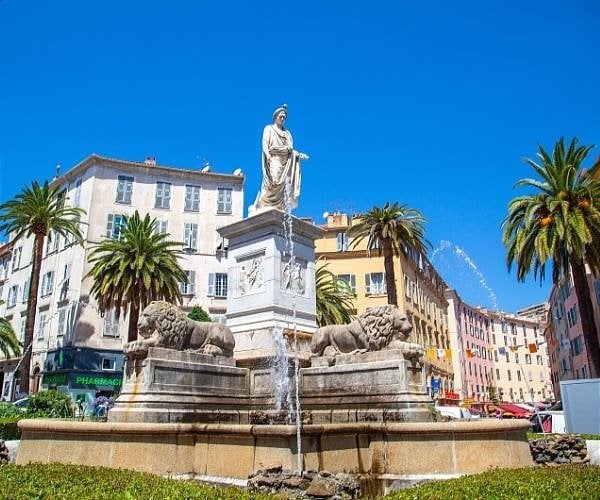
Our tour takes us along the coast for a headland walk with views across to the Iles Sanguinaires. On the shortest days of the year, the sun sets behind the islands tinging them blood red and giving them their name.
Back in Ajaccio, it is hard to escape Napoleon’s legacy. We see stairs leading up to a statue commemorating his victories and stop at the house that was his birthplace.
IMPORTANT NOTICE:
If you are reading this article anywhere other than on A Luxury Travel Blog, then the chances are that this content has been stolen without permission.
Please make a note of the web address above and contact A Luxury Travel Blog to advise them of this issue.
Thank you for your help in combatting content theft.
Bonifacio
As we sail along the limestone coast towards Bonifacio, our Director of Entertainment recommends that we take to the deck to view our arrival in a spectacular harbour.
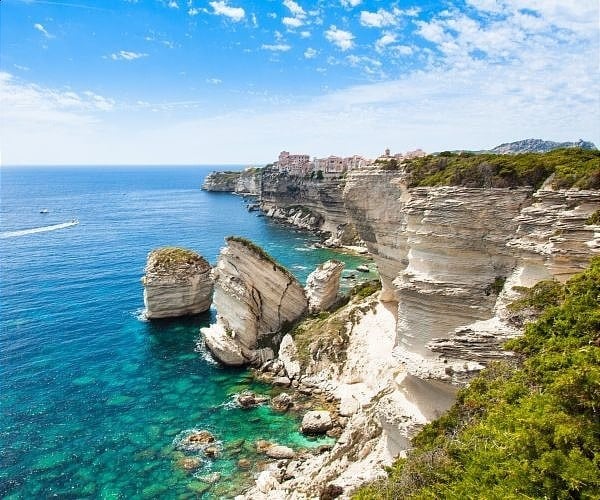
Riveria has a land-train waiting for us, ship-side, to ascend the 600 metre climb to a medieval town of narrow alleys and tall houses built with the primary objective of defence against marauding seafarers.
Bastia
Sailing north, up Corsica’s east coast, the Star Clipper takes us to the port of Bastia, Corsica’s gateway to Italy and beyond.
Displayed in Bastia’s Place St Nicolas, the tower of the Casabianca submarine recalls Corsica’s successful resistance during the Second World War. Escaping from Toulon Harbour, the French navy submarine made six clandestine drops of arms and equipment to the Corsican Resistance movement. Long before D -Day, the Corsicans liberated themselves from German and Italian occupation in the autumn of 1943.
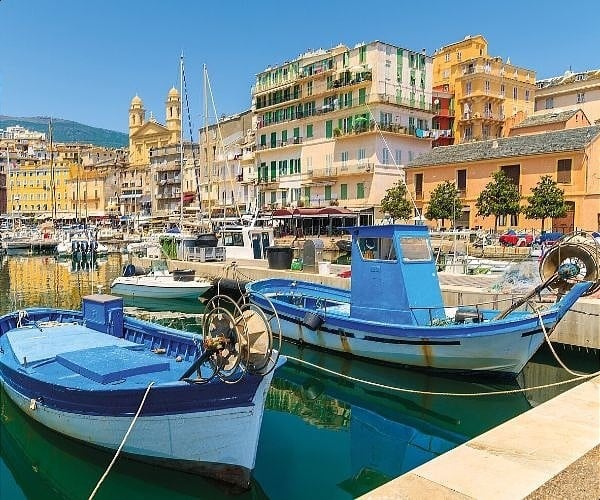
At the end of the St Nicolas Place, the Lycee Jean Nicoli, marks the cost of freedom. Nicoli, a former teacher, turned resistance fighter, was beheaded by the occupying forces at the Place Saint Nicolas.
For centuries the Place had seen many executions. After a beheading the locals dipped their handkerchiefs in the blood, as an omen to hope that they didn’t suffer a similar fate.
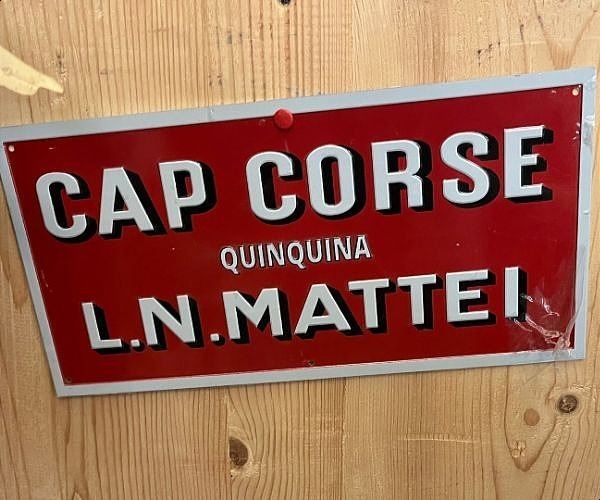
Finally, we have a tasting of Mattei’s legendary aperitif Cap Corse. Back in 1872, Louis-Napoleon Mattei mixed local muscatel wine with quinquina as an anti-material drink. Adding oranges and a blend of herbs has helped the drink to thrive long after the eradication of malaria on Corsica.
Then the Star Clipper leaves Bastia for Elba and Rome’s port of Civatavecchia.
The cost
On July 12th 2024, Riveria will offer The French Riviera and Corsica: From Rome to Nice via Sardinia and Corsica, this time on The Star Flyer. Beginning in Rome, the 11-day journey concludes in Nice, calling at Portoferraio, Bonifacio, Alghero, Ajaccio, Calvi, St Tropez and Cannes.
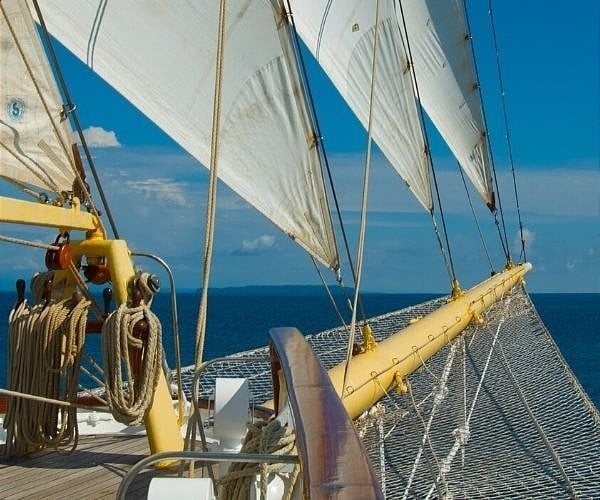
Prices begin from £2,799, which includes flights, transfers, full breakfast, buffet lunch, afternoon tea and a la carte dinner whilst onboard, breakfast with hotel stays and an expert tour manager.
The final verdict
Land travel on Corsica is difficult and slow. Sailing around a spectacular coastline is the way to see this beautiful island, mooring at the heart of four towns which tell the turbulent story of the island.
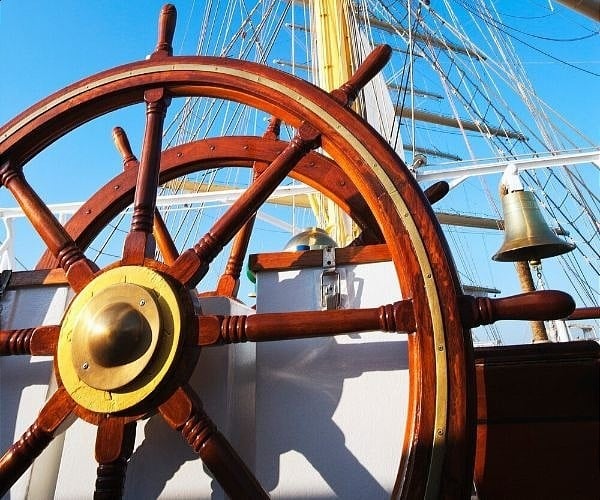
Riviera’s expert guides lead guests through the history, sights, and tastes of Corsica. Whilst the ship sails on to the next destination, guests enjoy dinner, a good night’s sleep and breakfast before disembarking for the next port-of-call. It is an effortlessly luxurious way to discover Corsica.
Disclosure: Our voyage was sponsored by Riviera Travel.
Did you enjoy this article?
Receive similar content direct to your inbox.



I totally agree that getting around Corsica by car is painfully slow. We had the idea of a driving holiday out of Ajaccio and we saw far less than we wanted to and spent far longer in the car than we wanted to. The moral is go by boat.
Corsica’s always appealed to me and I’ve never quite known how do do it. Sailing is probably the way to do it.
You have to wonder if history got it wrong. All those monuments to Napoleon on Corsica and a lot of Corsica’s people would probably prefer to honour Paoli.
Another geography howler from me. I’d always thought that Corsica was an independent country. I never paid too much attention to Geography at schools. Though when you think about it has Corsica got enough going for it to be an independent nation?
When I visited Ajaccio I had an excellent guide who was very open about Corsica’s politics. She talked about how the movement for more freedom from France is gaining momentum. She found plenty of political graffiti to show us though she herself was against full independence. It makes for a very interesting visit especially when you get a guide this good.